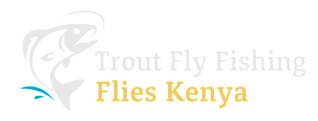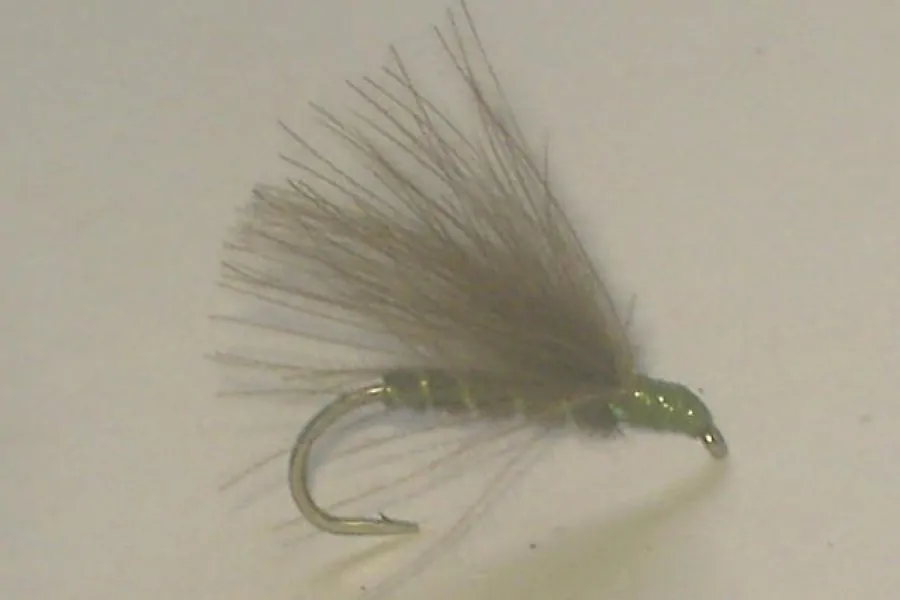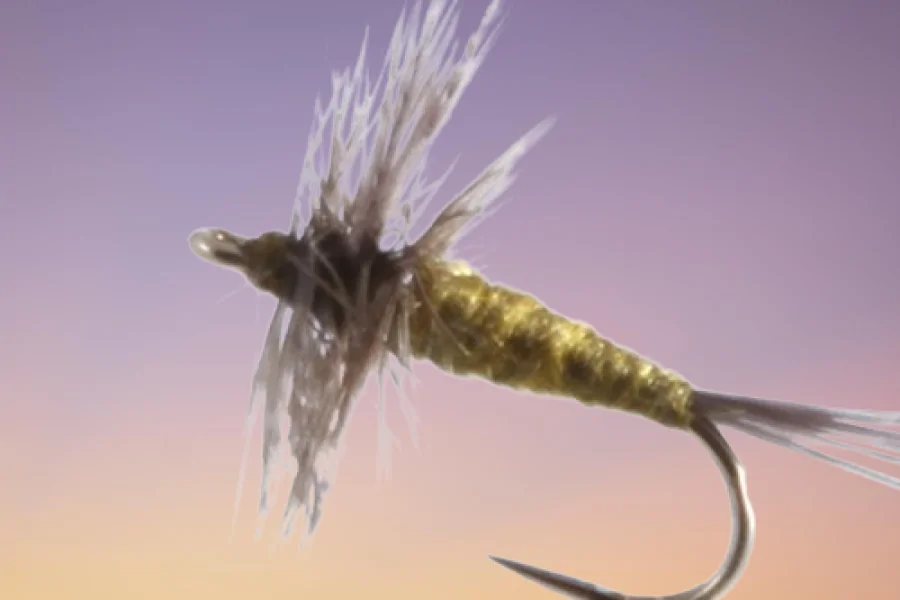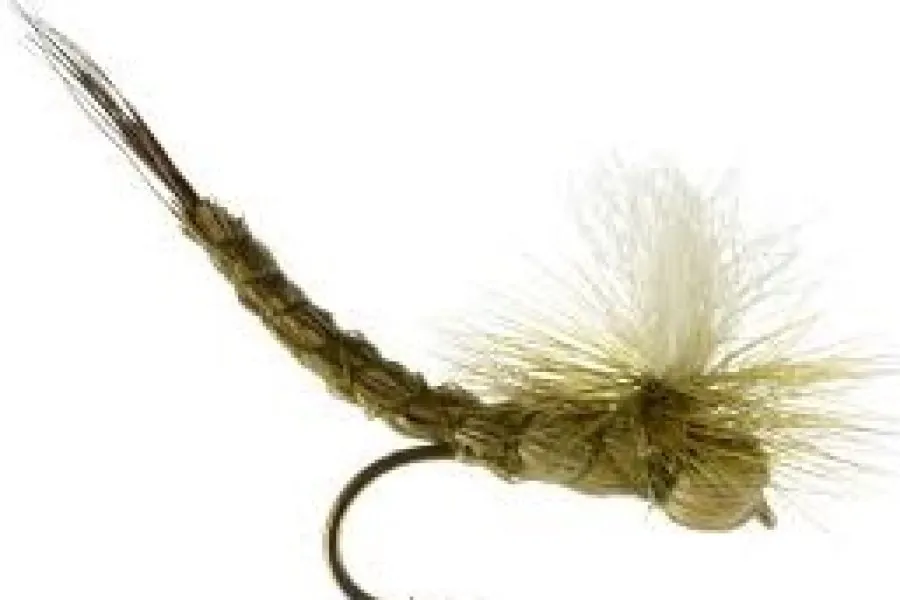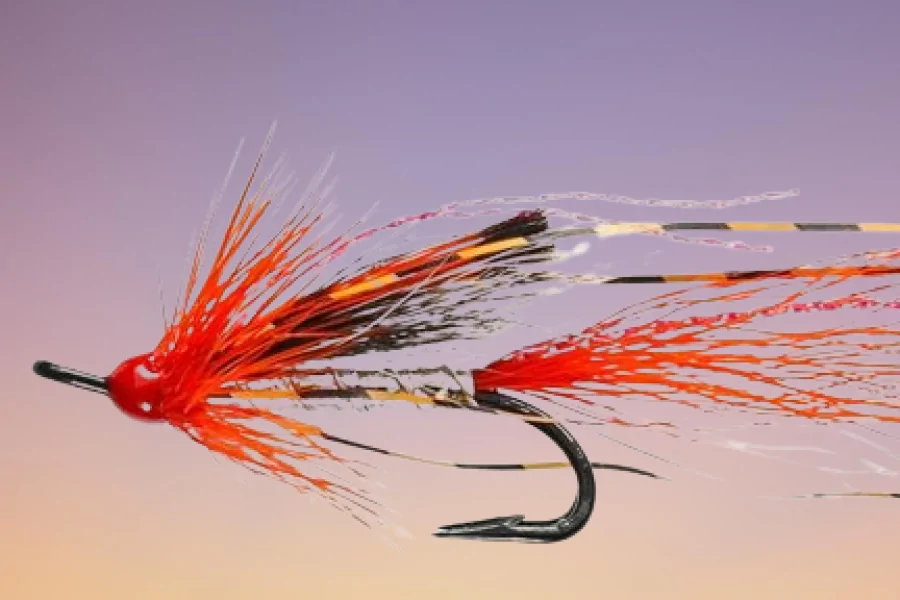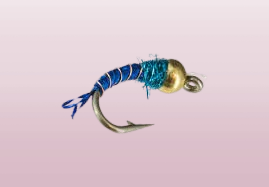Description
Product Overview and Heritage The Beadhead Pyramid Midge Blue represents a specialized evolution in subsurface midge patterns, specifically designed for catching monster Lahontan cutthroat trout at Pyramid Lake in Nevada. This pattern combines a distinctive pyramid-shaped body profile with a weighted beadhead and striking blue coloration, making it particularly effective in both Pyramid Lake’s unique conditions and other high alpine lakes and larger watersheds. Developed through careful observation of natural midge behavior and extensive field testing at Pyramid Lake, this pattern has proven exceptionally effective for targeting selective trout in both still and moving waters.
Design Philosophy and Material Innovation The pattern’s effectiveness stems from its carefully engineered components specifically designed for Pyramid Lake conditions:
- Premium tungsten or brass bead for quick descent in deep water
- Quality blue thread matching Pyramid Lake’s aquatic life
- Precise pyramid-shaped body tapering
- Exact proportions matching local food sources
- Durable construction for trophy Lahontan cutthroat
- UV-reactive materials for enhanced visibility
- Strategic weight distribution for natural presentation
- Enhanced profile design mimicking native prey
- Advanced tying techniques for durability
- Natural movement properties in still water
Technical Specifications
Hook Characteristics:
- Heavy-duty curved nymph hook
- Available sizes: 16-22 (optimal for Pyramid Lake)
- Strong wire construction for trophy fish
- Standard-eye design
- Chemically sharpened points
- Wide gape configuration for better hookups
- Bronze finish
- Optimal hook strength for large cutthroat
- Enhanced penetration design
- Perfect size-to-weight ratio
Specialized Pyramid Lake Applications
Water Column Presentation:
- Deep water techniques
- Suspended retrieves
- Multiple depth coverage
- Precise depth control
- Pattern suspension in thermocline
- Strip-pause retrieves
- Structure targeting
- Drop-off fishing
- Shelf fishing
- Beach approach techniques
Seasonal Effectiveness at Pyramid Lake:
Winter Performance:
- Prime time for trophy Lahontan cutthroat
- Cold water presentation
- Peak activity periods
- Dawn and dusk fishing
- Slow presentations
- Temperature considerations
- Pattern visibility in clear water
- Fish holding patterns
- Oxygen levels
- Light penetration factors
Spring Applications:
- Pre-spawn feeding periods
- Warming water techniques
- Initial feeding patterns
- Water level adaptations
- Mixed technique approach
- Weather pattern considerations
- Pattern selection by conditions
- Temperature increase adjustments
- Fish movement tracking
- Feeding window optimization
Summer Strategy:
- Early morning/late evening fishing
- Deep water locations
- Temperature pattern adaptation
- Feeding behavior tracking
- Oxygen level consideration
- Light penetration factors
- Fish behavior patterns
- Water condition assessment
- Structure targeting
- Thermocline fishing
Fall Tactics:
- Pre-winter feeding period
- Cooling water techniques
- Changed light condition adaptation
- Transitional period strategies
- Selective take patterns
- Pattern visibility optimization
- Fish location tracking
- Temperature drop adaptation
- Migration pattern following
- Feeding window targeting
Habitat and Water Types
Pyramid Lake Specific Applications:
- Beach fishing techniques
- Drop-off targeting
- Shelf fishing strategies
- Deep water approaches
- Structure targeting
- Current seam fishing
- Underwater reef targeting
- Sandy bottom presentation
- Rock structure approaches
- Depth transition fishing
High Alpine Lake Applications:
- Clear water presentation
- Deep pool targeting
- Structure approach
- Shallow shelf fishing
- Drop-off techniques
- Current seam targeting
- Boulder field fishing
- Weed edge presentation
- Bank structure approach
- Depth transition targeting
Professional Guide Recommendations
Pyramid Lake Guide Tips:
- Optimal retrieve speeds
- Depth control techniques
- Structure approach methods
- Weather pattern adaptation
- Seasonal adjustments
- Time of day considerations
- Water clarity tactics
- Fish holding patterns
- Presentation angles
- Strike detection methods
Trophy Fish Techniques:
- Deep water approaches
- Structure targeting
- Pattern size selection
- Retrieve speed control
- Leader length adjustment
- Tippet strength selection
- Hook set timing
- Fighting techniques
- Landing methods
- Release practices
Pyramid Lake Specific Techniques
Weather Pattern Adaptation:
- Wind direction assessment
- Cloud cover impact
- Barometric pressure effects
- Storm front strategies
- Temperature fluctuations
- Seasonal weather patterns
- Daily weather cycles
- Light condition adjustments
- Wave action response
- Visibility considerations
Advanced Indicator Techniques:
- Indicator selection methods
- Depth adjustment strategies
- Strike detection sensitivity
- Leader length optimization
- Dropper spacing
- Weight distribution
- Drift speed control
- Pattern combination
- Suspension depth
- Retrieve variation
Environmental Awareness
Pyramid Lake Ecosystem:
- Understanding water chemistry
- Seasonal temperature patterns
- Food source cycles
- Fish migration patterns
- Spawning behavior
- Water level impacts
- Habitat preservation
- Conservation practices
- Resource protection
- Sustainable fishing
Care and Maintenance
Post-Fishing Care:
- Thorough freshwater rinse
- Material inspection
- Hook point checking
- Bead security verification
- Thread preservation
- Storage preparation
- UV protection
- Pattern inspection
- Material maintenance
- Shape verification
Storage Requirements:
- Dry environment
- UV protection
- Separate compartments
- Regular inspection
- Moisture prevention
- Temperature control
- Light protection
- Ventilation needs
- Box organization
- Inventory management
Additional information
| Hook size | 16, 18, 20, 22 |
|---|---|
| Hook type | Barbed Hooks, Barbless Hooks |
